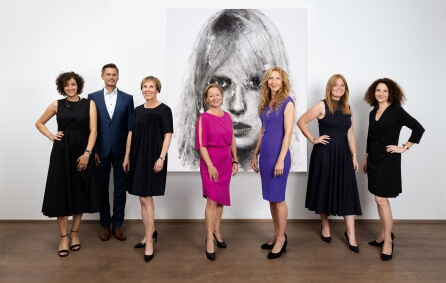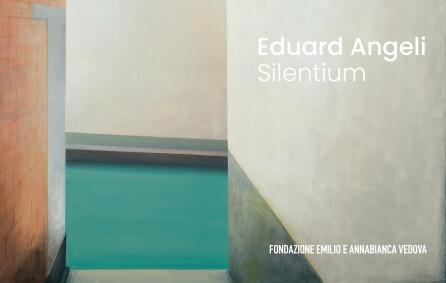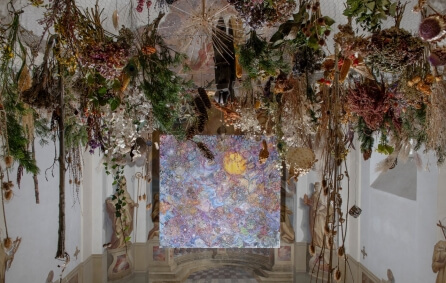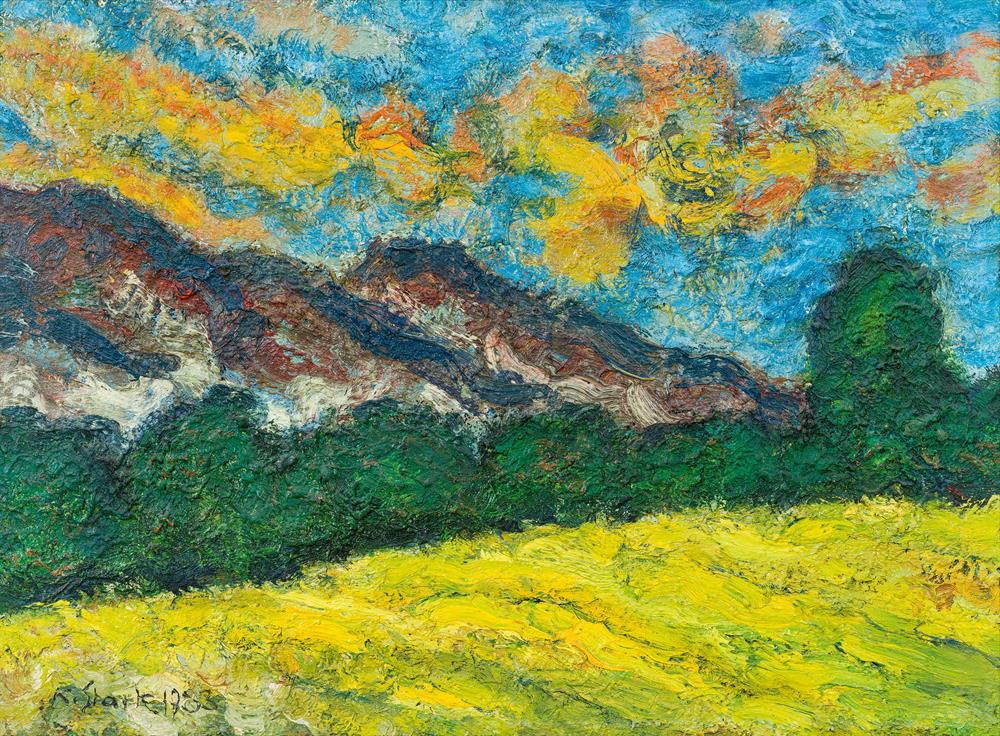
Karl Stark
(1921 1921 - 2011)
The following artworks are for sale

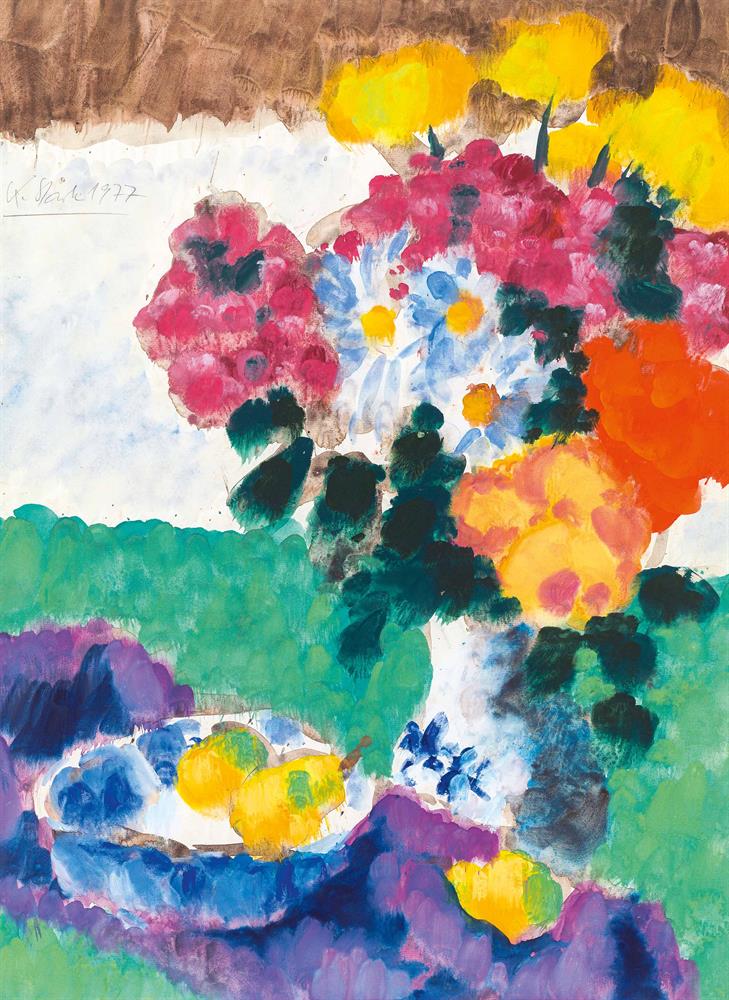
Stark Karl Stillleben mit Sommerblumen and Obst 1977
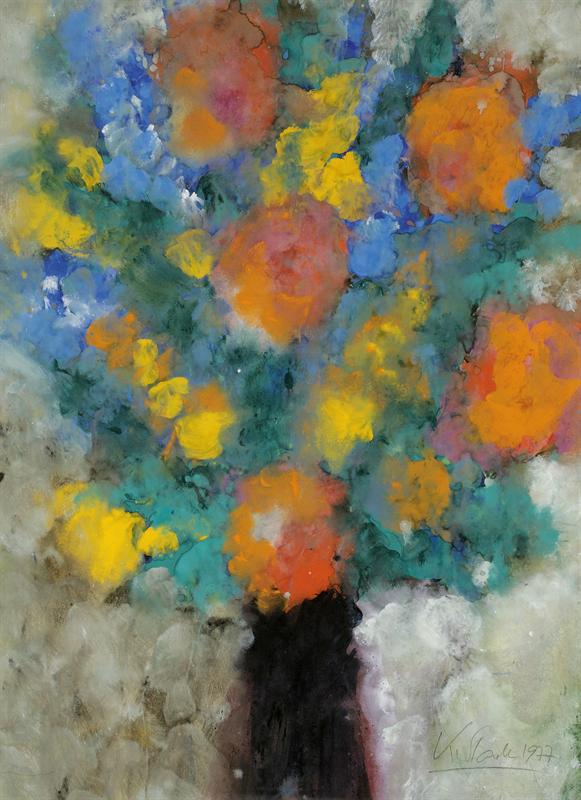
Stark Karl Blumenstrauß mit orangen Blüten 1977
Biography
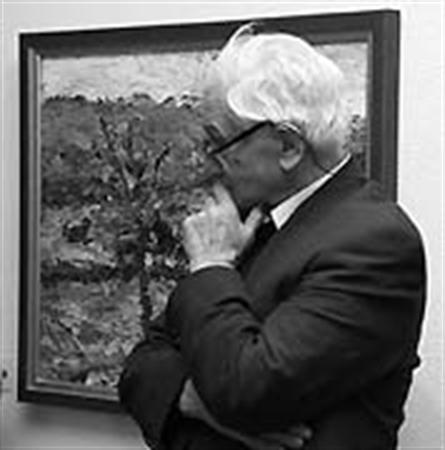
Karl Stark wurde 1921 in Glojach in der Steiermark als Sohn eines Lehrers geboren. Zwischen 1936 und 1940 studierte an der Grazer Kunstgewerbeschule Bildhauerei bei Wilhelm Gösser. Der Sinn für Dreidimensionalität und Plastizität war auch später in seinem malerischen Werk sicherlich von Bedeutung. Im Zweiten Weltkrieg musste er vier Jahre lang Kriegsdienst verrichten, danach setzte er sein Studium in der Klasse für Malerei bei Professor Rudolf Szyszkowitz fort. 1947 wechselte er an die Wiener Akademie zu Albert Paris Gütersloh und besuchte den Abendkurs von Herbert Boeckl. Der österreichische Expressionismus wurde bestimmend für sein Werk, die abstrakte Malerei, die in Wien in den späten 1940er und frühen 1950er Jahren vor allem bei den Künstlern im Umkreis der Galerie nächst St. Stephan an Bedeutung gewonnen hatte, lehnte Karl Stark ab. Er distanzierte sich immer mehr von der Wiener Kunstszene und übersiedelte 1951 mit seiner Familie nach Radlach ins Kärntner Drautal. Die Landschaft seiner neuen zweiten Heimat wurde fortan zum Hauptmotiv seiner Malerei. Ein Lehrauftrag an der Kunstgewerbeschule in Linz führte ihn regelmäßig nach Oberösterreich. Ab 1958 lebte und arbeitete der Künstler wieder vorwiegend in Wien. Ausgehend vom Farbexpressionismus entwickelte er einen unverkennbaren Stil, seine Arbeiten erfreuten sich stets großer Beliebtheit und befinden sich heute in vielen öffentlichen und privaten Sammlungen. So besitzt die Österreichische Galerie Belvedere, das Leopold Museum, das Rupertinum in Salzburg, die Neue Galerie Graz und das Oberösterreichische Landesmuseum Werke des Künstlers. 1980 gründete Karl Stark seine eigene Kunstgalerie in der Wiener Innenstadt, die „Galerie Austria“, die seit Mitte der 1990er Jahre von seinem Sohn geführt wird. Die Arbeiten des Künstlers wurden neben Ausstellungen in der eigenen Galerie auch in zahlreichen Personalen im Inland aber auch in Paris oder New York gezeigt. Daneben setzte er sich auch sehr für die Wiederentdeckung des Werks von Richard Gerstl und Jean Egger und somit des österreichischen Frühexpressionismus ein, aber auch für die Anerkennung des Oeuvres von Alfred Wickenburg und Hans Böhler. 2011 starb der Künstler 90-jährig in Klosterneuburg.
Ungeachtet seiner stets der Natur verhafteten Bildmotive setzte sich der Künstler intensiv mit formalen Fragen auseinander. Farbe, Form und Struktur waren stets bestimmende Elemente in seiner Malerei. „Form und Farbe müssen zusammenwirken, um etwas Neues hervorzubringen. Durch die bewusste Formbildung wird die gestaltete Farbe Substanz“, so der Künstler. Karl Stark trug die Farbe pastos auf die Leinwand auf, spachtelte sie und schuf so dynamische Oberflächen, die in ihrer Materialität gleichsam selbst zu Landschaften wurden. Das dargestellte Motiv ist somit Auslöser für einen Gestaltungsakt, der den Bildträger selbst zum Ort des Geschehens werden lässt.

